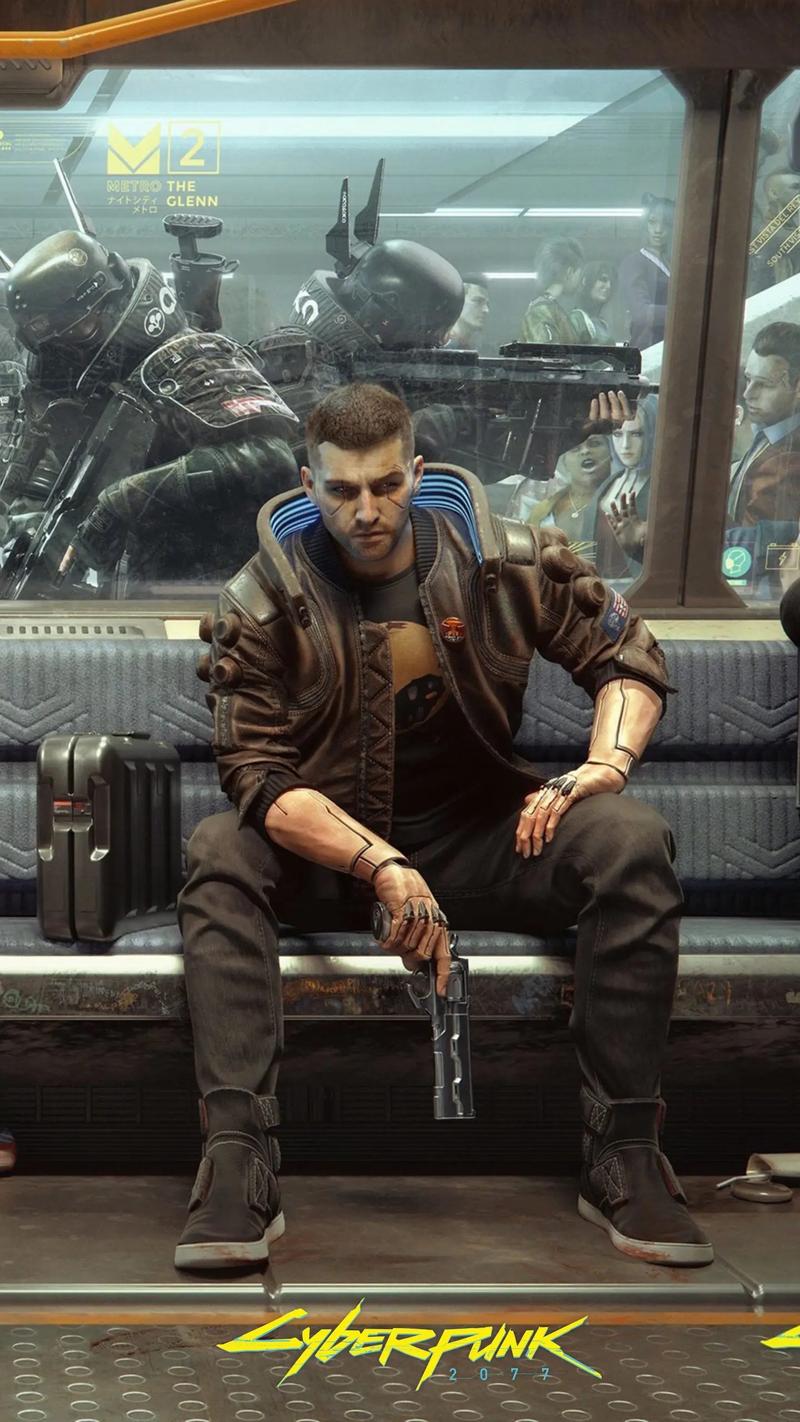Is Fire Emblem a JRPG with a Small Number of Playable Characters but Deep Development?
The Fire Emblem series, developed by Intelligent Systems and published by Nintendo, has long been a cornerstone of the tactical role-playing genre. Since its debut in 1990, the franchise has evolved significantly, yet one question often arises among fans and critics alike: Is Fire Emblem a JRPG that focuses on a relatively small number of playable characters but invests deeply in their development? To answer this, we must examine the series' core design philosophy, narrative techniques, and mechanical evolution, comparing entries across its history.
The Essence of Character Roster Size
At first glance, Fire Emblem games might seem to feature large casts. Titles like Fire Emblem: The Blazing Blade or Fire Emblem: Three Houses boast rosters of 30 to 40+ characters. However, this perception is misleading when contextualized within gameplay and narrative structures. Unlike many JRPGs where parties are fixed or slowly expanded (e.g., Final Fantasy or Dragon Quest), Fire Emblem often presents a wide array of units, but the functional playing roster in any given battle is limited—typically to around 10-15 units per map. Moreover, permadeath mechanics (a series staple until recent entries) force players to engage with a smaller, curated group of characters they aim to keep alive throughout the campaign. This creates an intimate connection between the player and their chosen units, effectively reducing the "active" cast size during gameplay.
Comparatively, classic JRPGs like Chrono Trigger feature a core party of 7 characters, while modern titles like Xenoblade Chronicles might include 6-8 primary playable characters. Fire Emblem sits in a unique space: it offers a larger pool of potential units, but the tactical necessity of focusing on a subset mirrors the narrative focus on a core group. For instance, in Fire Emblem: Awakening, while the roster is expansive, the story revolves around Chrom, Robin, and Lucina, with supporting characters enriching the world through optional interactions.
Depth Over Breadth: Character Development Mechanics
Where Fire Emblem truly excels is in its deep character development, both mechanically and narratively. Mechanically, each character possesses unique growth rates, class options, and skill sets, allowing for extensive customization. The series introduced relationship systems as early as Fire Emblem: Genealogy of the Holy War (1996), which evolved into the Support system in later games. Supports—conversations between characters that unlock stat bonuses and narrative depth—are a hallmark of the franchise. These interactions reveal backstories, motivations, and personal conflicts, transforming one-dimensional units into fleshed-out individuals.
In Fire Emblem: Three Houses, this depth is paramount. Each of the 32 playable characters (per route) has intricate backstories, personal goals, and interwoven relationships. The game's calendar system allows players to engage in activities that deepen bonds, teach skills, and influence character growth. The narrative branches based on house selection, further narrowing the focus to a core group of 8-10 students, whose stories are explored in detail. This design emphasizes quality over quantity; while the overall cast is large, the player's journey is defined by a small, deeply developed ensemble.

Narratively, Fire Emblem often centers on a protagonist (e.g., Marth, Ike, Byleth) and their immediate allies, with peripheral characters serving optional but enriching roles. This structure is reminiscent of JRPGs like Suikoden II, which features 108 recruitable characters but focuses on a core party. However, Fire Emblem distinguishes itself by integrating character development into gameplay: a unit's performance in battle affects their relevance, and permadeath can alter the narrative experience, making each playthrough personal and unique.
Comparative Analysis with Other JRPGs
To appreciate Fire Emblem's approach, contrast it with other JRPG subgenres. Traditional JRPGs like Final Fantasy VII have a fixed party size with deep development arcs for each member, but minimal interaction outside the main plot. Conversely, games like Disgaea offer massive rosters with minimal narrative depth, focusing instead on mechanical customization. Fire Emblem strikes a balance: it maintains a moderately sized roster (by tactical RPG standards) while investing heavily in individual character arcs through Supports, base conversations, and story integration.
The series' evolution highlights this focus. Early entries had smaller casts (e.g., Fire Emblem: Shadow Dragon features 25 units, but many are interchangeable), while modern titles expand recruitment options but deepen narrative ties. Fire Emblem: Engage (2023), for instance, includes 36 characters, yet each has unique Support chains, personal skills, and story relevance. The Emblem system further customizes development, allowing players to tailor units to their playstyle.
The Impact of Permadeath and Player Choice
Permadeath (optional in recent games) is a defining feature that reinforces the theme of a small, deeply developed cast. When a character dies, the player loses not only a unit but a narrative thread. This loss is felt acutely because of the investment in that character's growth and story. It encourages players to protect their favorites, effectively curating a small, cherished group. Even without permadeath, the games design incentives to focus on a core team due to limited experience resources and deployment slots.
Player choice further narrows the focus. In Three Houses, choosing a house determines which characters are available, and within that house, players decide whom to train, support, and deploy. This creates a highly personalized experience where the effective playable cast is small but richly developed.
Conclusion
Fire Emblem is indeed a JRPG that emphasizes deep character development over a large playable cast. While the series often features sizable rosters, the interplay of mechanics like permadeath, Support systems, and tactical limitations ensures that players engage with a compact group of characters, each endowed with substantial narrative and mechanical depth. This design philosophy aligns with the JRPG tradition of storytelling and character-driven progression but executes it through a unique tactical lens. As the series continues to evolve, its commitment to rich, personalized character arcs remains a cornerstone, affirming its identity as a JRPG where every unit matters—not just as a combatant, but as a person within its world.














